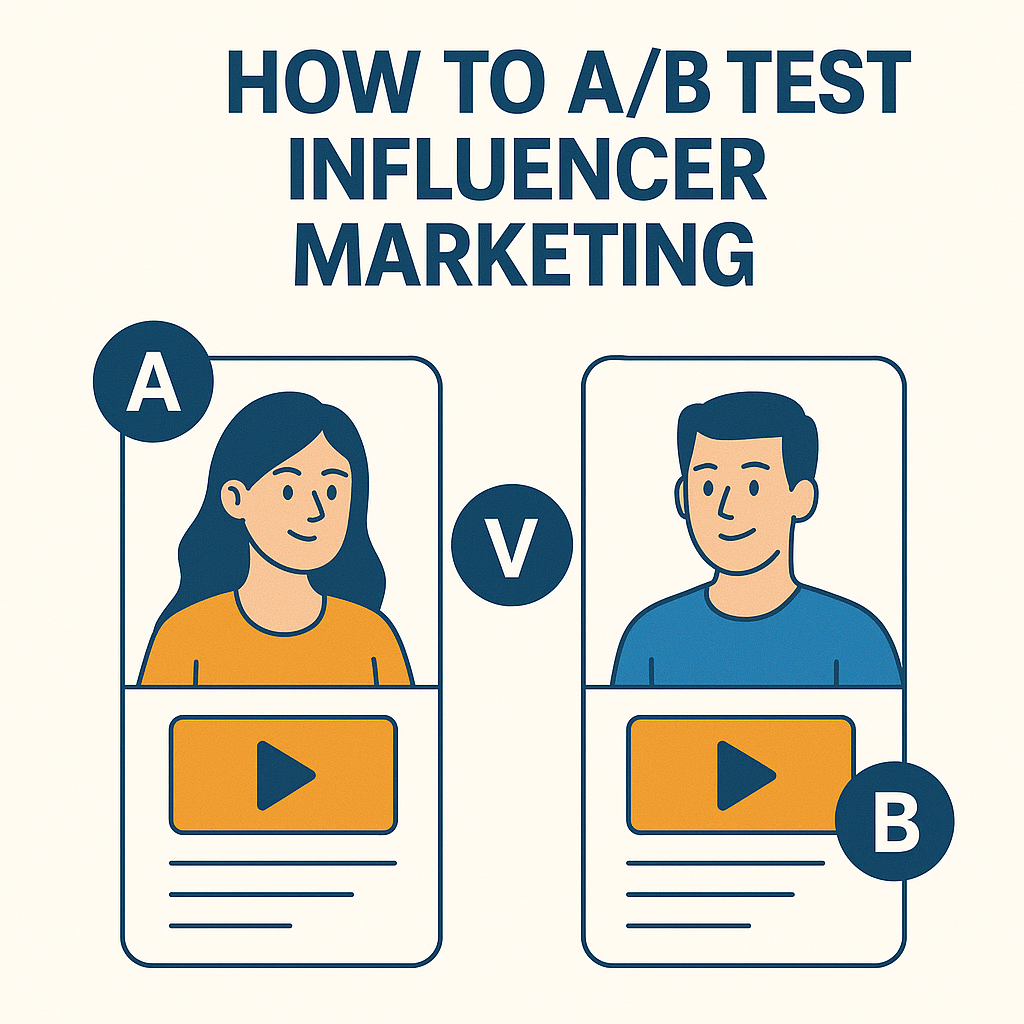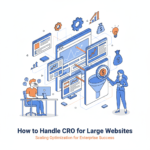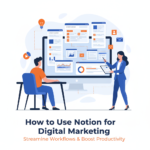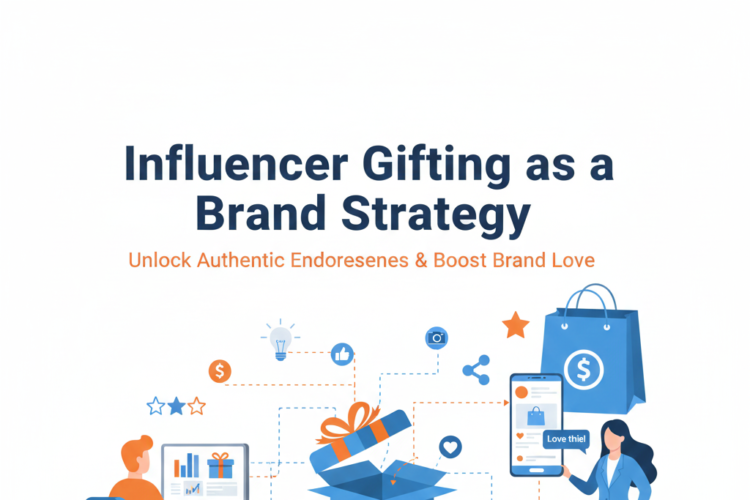
How to A/B Test Influencer Marketing: A Data-Driven Guide to Optimizing Campaign ROI
Influencer marketing has evolved from a niche tactic to a mainstream marketing powerhouse. But as with any marketing investment, the key to scaling it effectively lies in measurement and optimization. And what better way to do that than through A/B testing?
While many brands run influencer campaigns based on gut feeling and engagement metrics alone, leading marketers are turning to A/B testing to remove guesswork, identify what works, and maximize return on investment (ROI). This guide explores how to A/B test influencer marketing campaigns effectively—from strategy to execution and analysis.
📌 What is A/B Testing in Influencer Marketing?
A/B testing, also known as split testing, is the process of comparing two or more variations of a campaign element to determine which performs better. In influencer marketing, this involves systematically testing different creatives, influencers, messages, platforms, or posting strategies to improve outcomes.
Unlike traditional brand sponsorships that focus on impressions and vanity metrics, A/B testing introduces a scientific approach—allowing marketers to make decisions based on real data, not assumptions.
🎯 Why A/B Test Influencer Campaigns?
A/B testing helps answer key questions like:
-
Which influencer drives the most conversions?
-
Does Story format outperform Feed Posts?
-
Does a discount code increase engagement or harm brand perception?
-
What CTA performs best in driving clicks?
-
Which platform (Instagram vs. TikTok) delivers better ROI?
Benefits of A/B Testing Influencer Marketing:
-
Data-driven decision-making
-
Higher campaign performance
-
Better influencer selection
-
Lower customer acquisition cost (CAC)
-
Insight into audience preferences
🧠 Elements You Can A/B Test in Influencer Campaigns
Here’s what you can test in a typical influencer marketing setup:
1. Influencer Type
-
Macro vs. micro vs. nano influencers
-
Niche experts vs. general lifestyle influencers
-
UGC creators vs. traditional influencers
2. Content Format
-
Video vs. Image
-
Instagram Reel vs. TikTok Video
-
Static Post vs. Carousel
-
Story vs. Livestream
3. Messaging & Hook
-
CTA variations (e.g., “Shop Now” vs. “Try It Free”)
-
Benefit-led vs. feature-led messaging
-
Emotional appeal vs. informational tone
4. Visual Style
-
Raw/organic vs. polished/edited content
-
Day-in-the-life vs. product review
-
Influencer voiceover vs. music overlay
5. Timing & Posting Frequency
-
Morning vs. evening posts
-
Single post vs. series of posts
-
Weekday vs. weekend performance
6. Offer & CTA
-
Promo code vs. affiliate link
-
10% off vs. free shipping
-
Swipe up vs. “Link in bio”
7. Platform
-
Instagram vs. YouTube vs. TikTok vs. Pinterest
-
Testing on multiple platforms for the same audience segment
📋 Step-by-Step Process to A/B Test Influencer Marketing
Step 1: Set Clear Campaign Goals
Define your primary KPI. A/B testing must align with a specific objective:
-
Website traffic
-
Lead generation
-
Sales conversions
-
App installs
-
Email signups
Use SMART goals to frame these objectives.
Step 2: Choose the Right Variables to Test
Limit to one variable per test for accurate results. Example:
-
Test influencer A vs. influencer B (keep platform, content format, and posting time the same)
Avoid testing multiple variables simultaneously unless you are running multivariate testing, which is more complex and requires larger sample sizes.
Step 3: Design the Campaign Structure
Split your audience or testing scenarios. Examples:
Influencer-Based A/B Test:
-
A: Collaborate with a micro-influencer (10k followers)
-
B: Collaborate with a macro-influencer (250k followers)
-
Compare clicks and conversions
Message-Based A/B Test:
-
A: “Transform your skin in 7 days.”
-
B: “Clinically proven skincare that works.”
Ensure both versions go live under similar conditions (same day/time/target audience).
Step 4: Define Metrics to Track
Depending on your goal, track KPIs such as:
| Metric | Purpose |
|---|---|
| Impressions | Reach and visibility |
| Engagement Rate | Likes, shares, comments |
| CTR (Click-Through Rate) | Effectiveness of CTA |
| Conversion Rate | Sales, leads, app installs |
| ROI | Revenue vs. cost |
| CPM/CPC | Cost efficiency |
Use UTM parameters and dedicated tracking links to segment traffic from each influencer or version.
Step 5: Implement Tracking Tools
Use platforms that offer robust tracking and attribution:
-
Google Analytics (with UTM tagging)
-
Affiliate platforms (e.g., Refersion, ShareASale)
-
Influencer platforms (e.g., Grin, Upfluence)
-
Ecommerce platforms (Shopify, WooCommerce analytics)
-
CRM tools (HubSpot, ActiveCampaign)
Also consider using promo codes unique to each influencer or version.
Step 6: Run the Test & Collect Data
Let your A/B test run for a sufficient period—typically 7 to 14 days—depending on the channel and audience size. Avoid stopping the test too early, as that can lead to false positives.
Ensure:
-
Both test groups have similar conditions
-
Influencer briefs are consistent (except for the test variable)
Step 7: Analyze the Results
Compare the performance of each version. Look beyond vanity metrics—focus on bottom-funnel KPIs like conversion rate and ROI.
Questions to ask:
-
Which variation met or exceeded the KPI goal?
-
What patterns emerged in engagement or sentiment?
-
Did audience demographics differ in each group?
Step 8: Optimize and Scale
Based on the results:
-
Scale the winning influencer or message
-
Repurpose high-performing content across other channels
-
Iterate and test a new variable (e.g., try a different CTA now)
Influencer marketing is dynamic—constant testing is key to continuous improvement.
📊 Real-World Example of A/B Testing in Influencer Marketing
Brand: DTC Skincare Company
Objective: Maximize sales through Instagram influencer campaign
Test:
-
Influencer A: Micro-influencer with 15k followers
-
Influencer B: Macro-influencer with 250k followers
Result: -
Micro-influencer delivered a higher conversion rate (4.1% vs. 1.3%) despite fewer impressions
Takeaway: Engagement and niche relevance matter more than audience size.
✅ Best Practices for A/B Testing Influencer Marketing
-
Test One Thing at a Time
Focus on a single variable to avoid data confusion. -
Use Consistent Baselines
Compare under the same conditions: time of day, audience, and posting frequency. -
Avoid Bias
Don’t choose influencers you “like”—choose based on data. -
Use Incentives Smartly
Promo codes can encourage conversions but may alter audience behavior. Account for this in your analysis. -
Repeat Regularly
Consumer behavior evolves. Run new tests as trends shift. -
Document Learnings
Keep a log of all A/B tests run and their outcomes for team-wide insights.
🧩 A/B Testing Framework Template
| Test Name | Variable | Version A | Version B | KPI | Winner |
|---|---|---|---|---|---|
| Skincare IG Campaign | Influencer Type | Micro-influencer | Macro-influencer | Conversion Rate | Micro-influencer |
| Summer Promo | CTA | “Shop Now” | “Try It Free” | CTR | Try It Free |
| TikTok Launch | Content Format | Talking Head | Voiceover with Demo | ROI | Voiceover with Demo |
🏁 Conclusion
Influencer marketing has matured into a measurable, ROI-driven channel—if approached correctly. By incorporating A/B testing into your influencer strategy, you move beyond “post and hope” to a predictable, scalable, and data-backed marketing machine.
Whether you’re just starting or already running influencer campaigns, embracing a test-and-learn mindset will separate your brand from the rest.
Remember: the real power of influencer marketing isn’t in how many followers an influencer has—it’s in how effectively you can learn and iterate from each campaign.
Author



